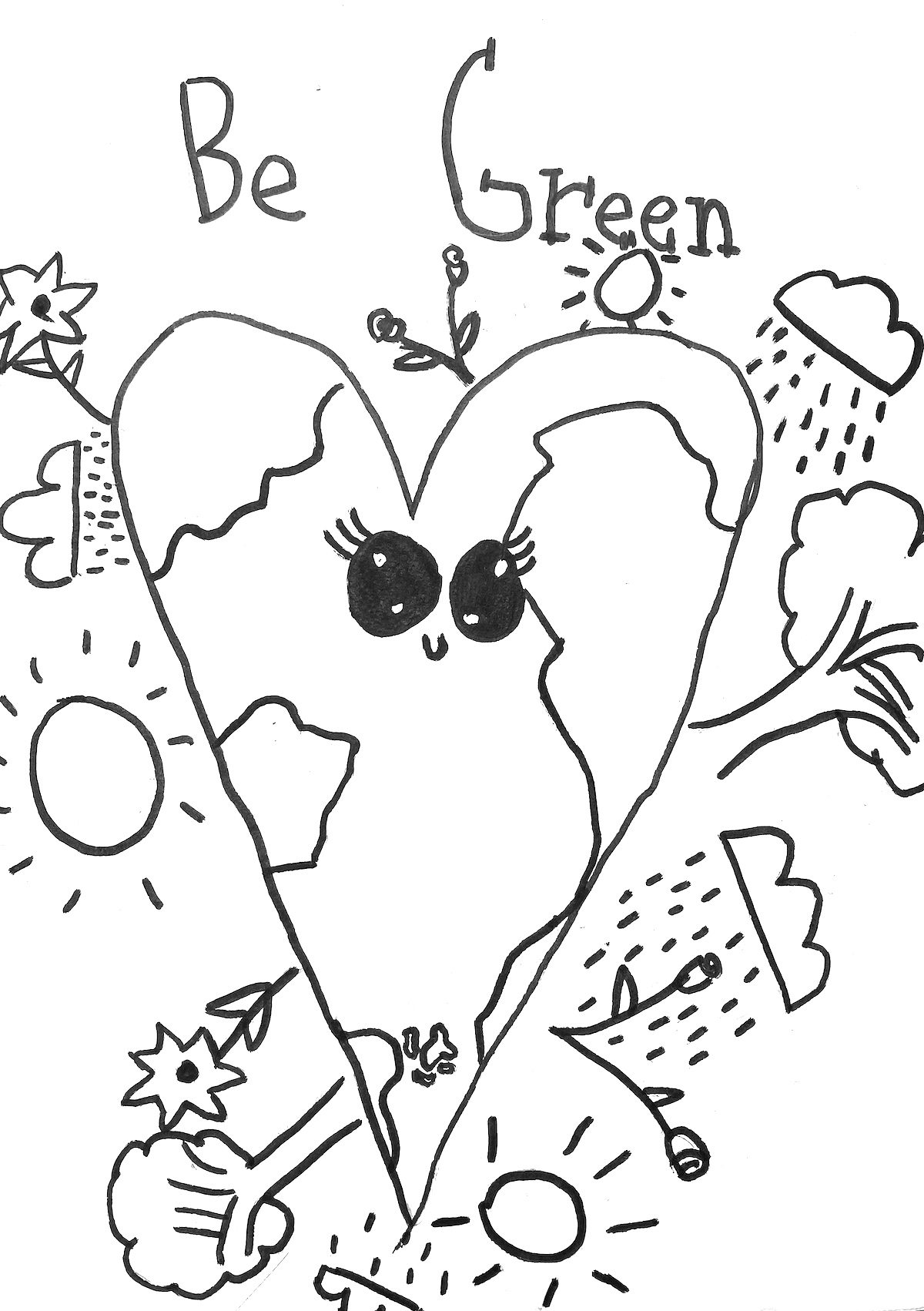Visual art, while extremely creative, isn’t always the most sustainable when it comes to materials. Think of all the dried out markers, the leftover crayon bits, or the hard-as-a-rock acrylic paint you’ve accumulated. While materials are an inevitable part of creation, as the Earth’s resources are under strain it is important to think about how we use materials to create.
Have you ever thought deeply about the art materials you are using?
Have you asked yourself, “How are these materials made? What is the environmental impact of this material? How can I encourage sustainability with my young artists?”

Using sustainable, eco-friendly materials is a responsible way to teach our students about how our decisions affect our actions. Often, eco-friendly materials are created out of a need to solve a larger world problem. Teaching our students how they can change our world for the better with the decisions they make helps start an important conversation.
How Pollution Led to Inspiration
For example, a team of scientists at Graviky Labs saw the air pollution problem and began brainstorming ideas to help solve it. They started asking themselves, how can pollution be used to create rather than to destroy? Could it be repurposed for good? Especially the good of the visual arts, which uses so many materials?
Scientists at Graviky Labs started as an MIT Media Lab experiment and soon “hacked together a tool to capture soot from a burning candle and used the closest available solvents—vodka and vegetable oil—to produce a rough version of what is now AIR–INK®.”
That was the moment when Graviky Labs invented AIR-INK®, an ink that captures air pollution and turns the captured particulate matter into a safe, water-based ink. Check out how Anirudh Sharma explains the amazing process of creating AIR-INK®.

Sharing an Eco-Friendly Approach With Students
Introducing students to the active role they play in waste and consumption is much easier when they get to create something. Personally, after discovering AIR-INK®, it became obvious that direct ties between invention and the art world were incredibly powerful and needed to be shared with students. Furthermore, the cross-curricular connections between science and art were exciting and relevant. I couldn’t wait to share the idea of drawing with air pollution with my students.
I worked first with a small group of 4th-grade artists to discuss the power of invention, problem-solving, and creativity. They used AIR–INK® markers and created designs for the school’s kindness campaign drawn entirely from air pollution. Students were able to actively participate in an expressive art experience, share a positive message, and learn about innovation.

Using ink created from air pollution is just one way inventors all over the world are making huge strides toward creating more sustainable materials.
As art teachers, we strive to teach our artists how to be problem solvers. We teach them how to identify the problem, brainstorm ideas, and invent new solutions. By modeling innovative ways to solve problems, we have the power to teach our young artists how to be innovative humans, in turn, helping to make our world a better place.
Using eco-friendly artmaking materials is a responsible action that helps you start meaningful conversations with your students about sustainability. To start the conversation, check out these “green” art supplies from Green Rainbow Revolution ranging from plant-based watercolors, staple-free staplers, edible finger paint, and more!

You can find a plethora of artmaking materials dedicated to creating safe and sustainable products. You may want to start by thinking about your own art practice and investigate these 12 practices for artists to “go green,” such as reusing packing materials and choosing “green” supply companies.
You might ask, “Why is it important to teach our students about sustainability?”
When the team at Graviky Labs was asked this question, their response sums it up perfectly:
“Children are very creative, they aren’t biased or limited by the possibilities of the world, and when you propose to them a possibility different from what they see every day, they do not scoff at it but rather explore it. The idea of sustainability isn’t popular yet, but with creative and innovative minds like those of children, we can make sustainability go from a possibility to reality. AIR–INK® is trying to bring you a possibility of carbon-negative art, and we hope that this becomes an inspiration for children to challenge the status quo of carbon emissions heavy living.”
Take a moment and reflect on the materials you and your students use to create art. What story are the materials telling? What mark are you making on our world? Challenge yourself and your students to ask these questions and encourage them to be strong problem-solving artists who place value on the health of our world.
How could you incorporate sustainable products or the story of their products into your art lessons?
Why is it important to teach our students how to be successful problem solvers?
What other innovations can help teach the lesson of invention and problem-solving?
Magazine articles and podcasts are opinions of professional education contributors and do not necessarily represent the position of the Art of Education University (AOEU) or its academic offerings. Contributors use terms in the way they are most often talked about in the scope of their educational experiences.





